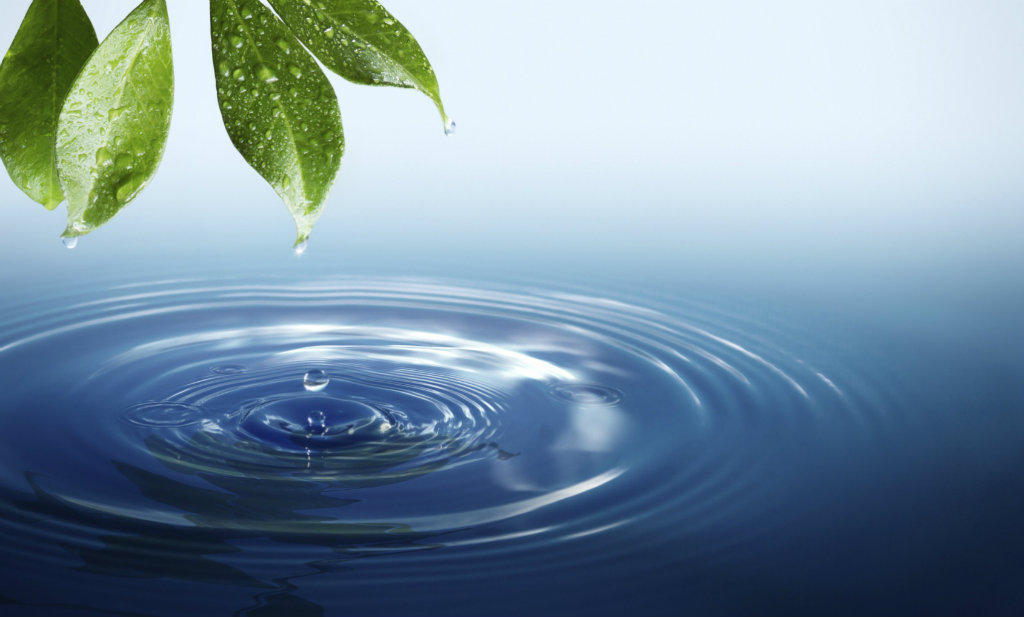Safe Water
The City's drinking water is safe. In fact, it far exceeds state and federal regulations.
This article is 8 years old. It was published on January 26, 2016.

There is rightfully a lot of concern and questions throughout our nation following the water crisis in Flint, Michigan. Flint's drinking water became contaminated with lead after that city began drawing its water from a new source, which was corrosive and resulted in lead leaching from pipes and fixtures into the drinking water.
The City of St. Louis wants to assure residents, business owners, and visitors that our Water Division tests and closely monitors any contaminants, including lead, in our drinking water.
First off, the City sources its water from the Mississippi and Missouri Rivers, which once processed, is not corrosive. Secondly, the City specifically treats the water to ensure that it does not leach lead when it travels through pipes. And thirdly, there are no lead pipes along the City's main distribution lines.
Any lead found in drinking water primarily comes from materials and components associated with service lines (your own water line that connects the City's main and your house) and home plumbing.
The City of St. Louis Water Division is responsible for providing high quality drinking water but cannot control the variety of materials used in home and business plumbing components.
While lead was banned in plumbing in 1986, it may still be found in older fixtures, interior water pipes, or service lines. Only if the water were corrosive could lead be picked up by the water if the water sat in the pipes for several hours.
The City manages the chemistry of our drinking water so that it is not corrosive. It works like this: a lime softening process causes the pH of the water to elevate and produce drinking water that will deposit minerals on the pipe walls. In turn, that creates a barrier that separates the water from the lead.
But that's not all. The City also follows strict regulations set forth by the Environmental Protection Agency (EPA) and adopted by the Missouri Department of Natural Resources (DNR) to monitor, detect, and fix any problems with contamination.
The Lead and Copper Rule is the regulation that addresses lead in drinking water. You can read it here: http://www.sos.mo.gov/adrules/csr/current/10csr/10csr.asp#10-60.
This rule sets the sampling and test methods along with the maximum level for lead. For each round of testing, 90 percent of the samples have to have less than 15 parts per billion lead (ppb). This is referred to as the 90th Percentile.
The City of St. Louis is required to collect a minimum of 50 samples every three years to test for lead. That's because the City was placed on a reduced monitoring schedule since past testing has consistently demonstrated low levels of lead and copper. Samples are collected by volunteers from their homes and submitted for testing. These results are published annually in our Consumer Confidence Report (CCR).
Since 2005, the City of St. Louis Water Division has completed four of these monitoring cycles. The highest 90th Percentile for lead during this period was 2.4 ppb. The highest lead concentration found in the 224 samples collected was 6.7 ppb. The last lead and copper study was completed in 2014. The 90th Percentile in study was determined to be 1.1 ppb.
So what's that mean? It means that the City's drinking water is safe. In fact, it far exceeds state and federal regulations.
-
Department:
Water Division
-
Topic:
Electric, Gas, Sewer, and Utilities
Environmental Protection